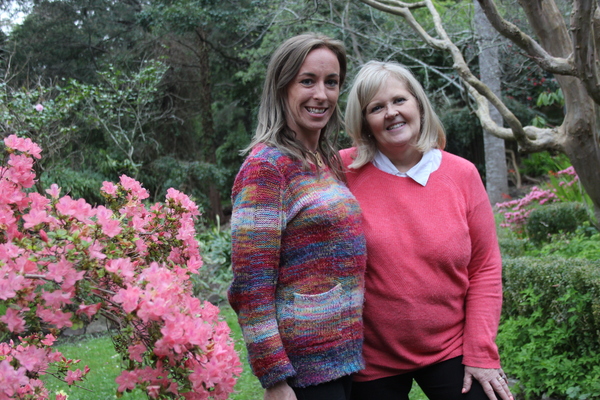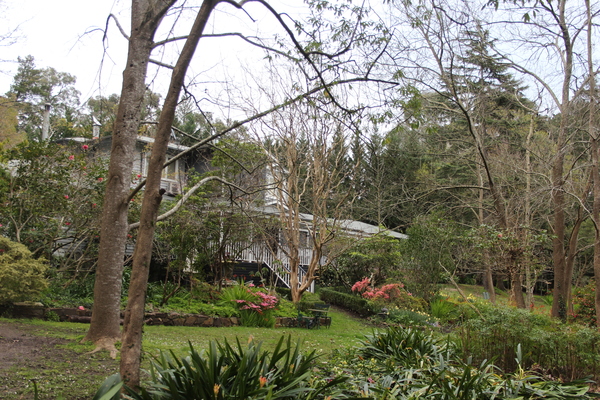Ninety years ago, Edna Walling designed a garden for friend Isobel Burdett’s Lilydale property.
Today, a team is working to restore the historic space to its former glory.
Helen Verschuur and her husband Mark bought the Edinburgh Road property just over 20 years ago.
They were living down the street in Mark’s parents’ home when it became available for purchase.
“At the auction we were the only bidders. We got the place for an absolute steal,” Helen said.
“No one was really interested in it because it was such a large garden.”
But she knew of Edna Walling and said the garden was a drawcard.
“I didn’t know much about her, though,” she said.
According to the State Library of Victoria, Edna Walling is arguably Australia’s best-known and most influential garden designer.
She started her career in 1919 after graduating from Burnley Horticultural College, and sought to achieve a unity between house and garden.
Dame Nellie Melba, Dame Elisabeth Murdoch and Sir Frank Packer were among her clients, and Walling was a prolific writer.
The Verschuur’s renovated the house, which was built about 1928.
“We opened up the windows so we could enjoy the garden,” Helen said.
So now it’s time for the garden to shine.
Nat Froud from hills-based Bryn Cann Gardens is spearheading the restoration process.
“It’s every gardener’s dream,” she said.
“Being a woman as well, she was a pioneer of the industry.
“She’s gardening royalty.”
Nat has spent hours researching Edna and her designs, including her plans for this garden.
“I love it, it’s my favourite job,” she said.
“Restoration is where it’s at for me. I love that work. It’s like garden archaeology.
“I’m looking into the different plants she used to use.
“She’d throw seeds and where they landed, that’s where they were meant to be.
“We have to work with some different plants because some that she used are now environmental weeds.
“I can’t wait to get a little bit further into it and start planting more.”
Pruning and removing overgrown plants has revealed hidden treasures, from camellias, to metal tags earmarking tree varieties, to stone walls and more.
“It’s been really exciting for us to uncover all these things,” Nat said.
“We’re going to have to expose the bare bones of the garden to get back to something we can grow again.
“It’s a slow process.
“We’ve got big plans.”
They started work in April. She and the team are working on harnessing running water’s natural path through the garden.
“We’ve got a plan to have things pretty happening by February, for the majority of the garden,” Nat said.











